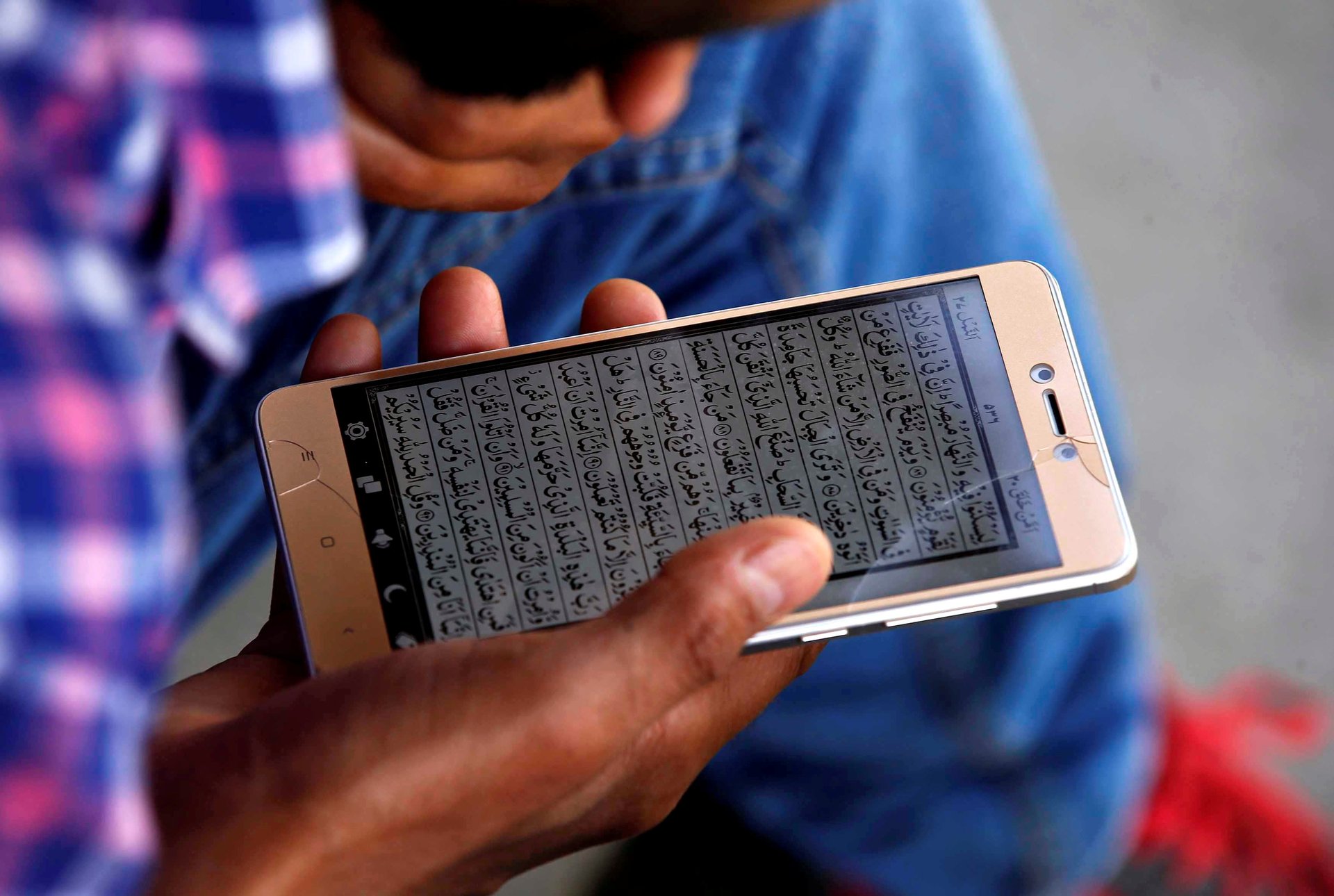Indian startups are taking baby steps towards a vernacular internet
Regional Indian languages are finally getting their due on the internet.


Regional Indian languages are finally getting their due on the internet.
So far, less than 1% of the online content has been available in Indian languages, even as almost 90% of Indians can only speak, read, and write in regional languages.
Despite attempts from global video-streaming platforms such as Netflix and Amazon in the world’s second-largest internet market, not much has changed so far for vernacular content.
Now, some smaller streaming startups such as Hubhopper, Vokal, and Momspresso are upping their game for this untapped market.
“Since the creation of content is democratised and not restricted to a few creatives, such platforms can ensure much higher reach in terms of user diversity, language, content type, content form, etc. and can adjust to the latest trends and tastes of the audience,” said Mridul Gupta, an investment professional at Stellaris Venture Partners.
Local is key
Launched in 2015, Hubhopper, an artificial intelligence (AI)-enabled content aggregator, is already the largest podcast directory in India. It focuses on co-creating original series with small-town storytellers from states such as Bihar, Odisha, and Assam—hitherto hardly on the radar of mainstream content creators. Not surprisingly, within a year of its launch, Hubhopper was topping the apps list on both iOS and Andriod.
Similarly, regional-language publishing platform Pratilipi recently launched Alpha, a curation platform for audio stories from all across the country, for people who cannot read. The platform is still in its initial stages of curation, but Pratilipi, which secured $4.3 million in funding from Omidyar Network last year, is bullish on audio content. It will eventually also look at video stories.
Meanwhile, vernacular knowledge-sharing platform Vokal has introduced interactive videos in the form of live expert commentary. Another Indian startup, Agrahyah Technologies, recently announced the launch of Aawaz.com, an audio-on-demand platform with 100% professionally generated content in Indian vernacular languages. With Aawaz, people can listen to podcasts, chat shows, and interviews and also read articles and features, on the go.
“Though the traction towards both on-demand download and streaming of content has just started, a promising supply-side ecosystem is evolving for streaming in Indian languages,” said Rajat Banerji, senior director at consulting firm Deloitte.
Besides, falling data costs are also helping.
Inevitably, the market presents a renewed opportunity for digital advertisers. The Indian digital ads market size is approximately $1.7 billion (Rs12,046 crore), with Google and Facebook being the dominant players. “India has a dearth of online vernacular content and a digital content platform encompassing such matter can substantially increase the market by shifting ads dollars from TV & print,” said Gupta of Stellaris Ventures.
For instance, Momspresso, a user-generated content platform for mothers, earns close to Rs15 crore in revenue every month from its brand associations. The company is a hotbed for digital advertisements for 75 top brands, including Nestle, Dettol, Pampers, Johnson & Johnson, Horlicks, and Dove, among others. Its target is to generate Rs150 crore in revenue by 2021, particularly from women-centric brands, the company said.
“Podcasting platforms in India have seen listenership grow by a staggering 24x in the past two years alone. The value of the radio industry in India is expected to increase by almost four folds by 2021. It was only a matter of time. We’ve been an audio-consuming country for decades now,” said Gautam Raj Anand, founder, and CEO of Hubhopper.
Vernacular is not just Hindi
The number of internet users in India consuming content in native languages—around 234 million—already far exceeds the country’s 175 million English language-content consumers. By 2021, this gap is set to widen further with Indian-language internet users expected to reach 536 million, against 199 million English-language users, according to a report by KPMG and Google.
And the consumption is not just in Hindi, the language that was mostly the focus of whatever little vernacular content existed online in India, according to Vishal Gupta, co-founder & CEO of content creation platform for mothers, Momspresso. In any case, even the Hindi content was mostly poor translation from English, he added.
“The ecosystem is now opening up. In the next few years, content will be created exclusively in other languages also. There will be social media platforms in different Indian languages,” Gupta said.
For instance, most of the content on Hubhopper is consumed in languages like Bengali, Tamil, Kannada, Marathi, and Hindi—besides English of course.
Similarly, Momspresso recently launched Momspresso Bharat to offer all aspects of vernacular content, including audio, video, and text to communities.
Launched in 2010, the company has over 10,000 “Mommy Bloggers” now, with 70,000 blogs in seven languages—English, Hindi, Bengali, Marathi, Telugu, Tamil, and Kannada—writing on pregnancy and baby care, teenage and adolescent issues, beauty, fashion, healthcare, and travel. The highest number of users for Momspresso comes from non-metro cities such as Lucknow, Patna, Agra, and Jaipur.
Another aspect of Indian-language consumers is that 99% of them access their preferred content on mobile phones, against a national average of 78%, according to the KPMG-Google report, which surveyed over 7,000 urban and rural smartphone users. This is why most of the efforts to reach out to these users are focused on mobile devices and not desktops.
Mapping its own data of over 10,000 bloggers, Momspresso found that Hindi blogs have seen a record high of over 30 million page views per month, 95% of which is consumed by readers on mobile. Its Hindi page views have exceeded English and currently make-up for 50% of total page views.
Clearly, the time has come for India’s many native languages on the internet.